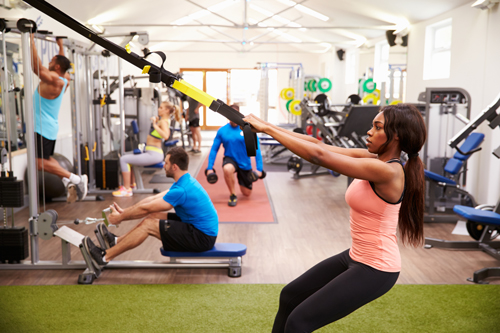
Flu season is in full swing, and along with the regular flu, the new H1N1 virus is infecting thousands of people. Influenza can be a serious illness. Symptoms include fever, chills, headache, body aches, sore throat , runny nose, dry cough and a general feeling of exhaustion and sickness . While the fever usually lasts two to five days, other symptoms can linger for 10 days or more. If you have the flu, stay home, rest and do not exercise.
You can start exercising again safely when you have been fever-free for at least 24 hours or longer. Not only can you harm your body by exercising with a fever but you also may be capable of spreading the flu virus to others. If you are an athlete and monitor your resting pulse regularly, one sure sign that you are well enough to exercise is a resting pulse rate no more than 10 beats per minute higher than normal.
Most people who exercise do not know their normal resting pulse rate, so here are some other tips about returning to exercise after the flu:
- If you have chest congestion or a deep, painful cough, do not exercise. Some people develop pneumonia after having the flu. Because flu weakens the body, bacteria that would normally be disposed of by the immune system can enter the lungs and grow.
- Restart your exercise program with very light exercise that does not cause you to get out of breath.
- For the first week to 10 days after you are healthy, cut the number of times you exercise in half. For instance, if you exercise daily, switch to every other day.
- Gradually increase the intensity and length of your exercise.
- Stop exercising if you feel unusually short of breath or dizzy.
- Stay well hydrated.
If you are unsure about resuming exercise after having the flu, schedule an appointment with us to discuss modifications to your program. This way, as your body heals from the illness, you can continue your fitness regime—at a reduced level—without missing a beat!
















